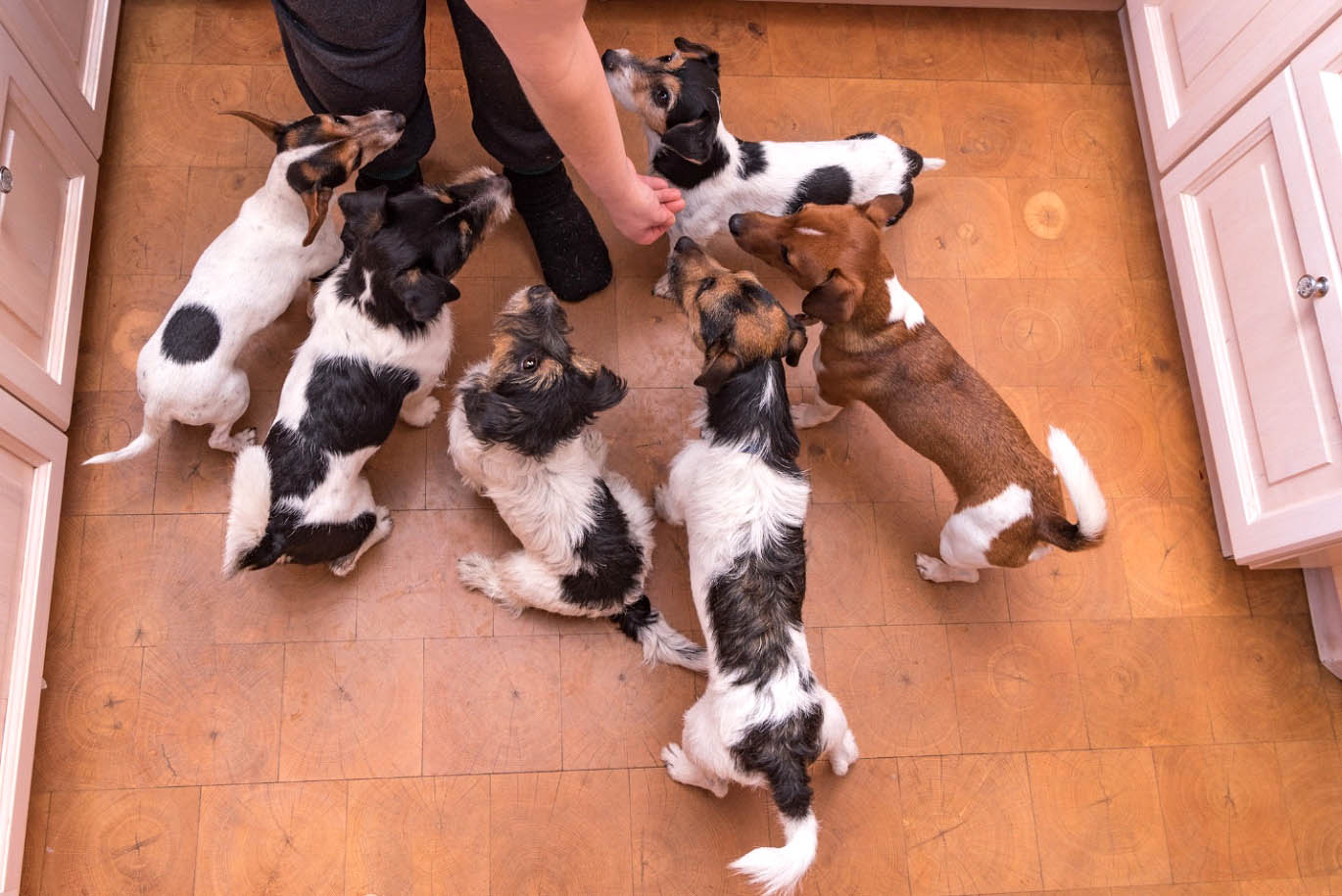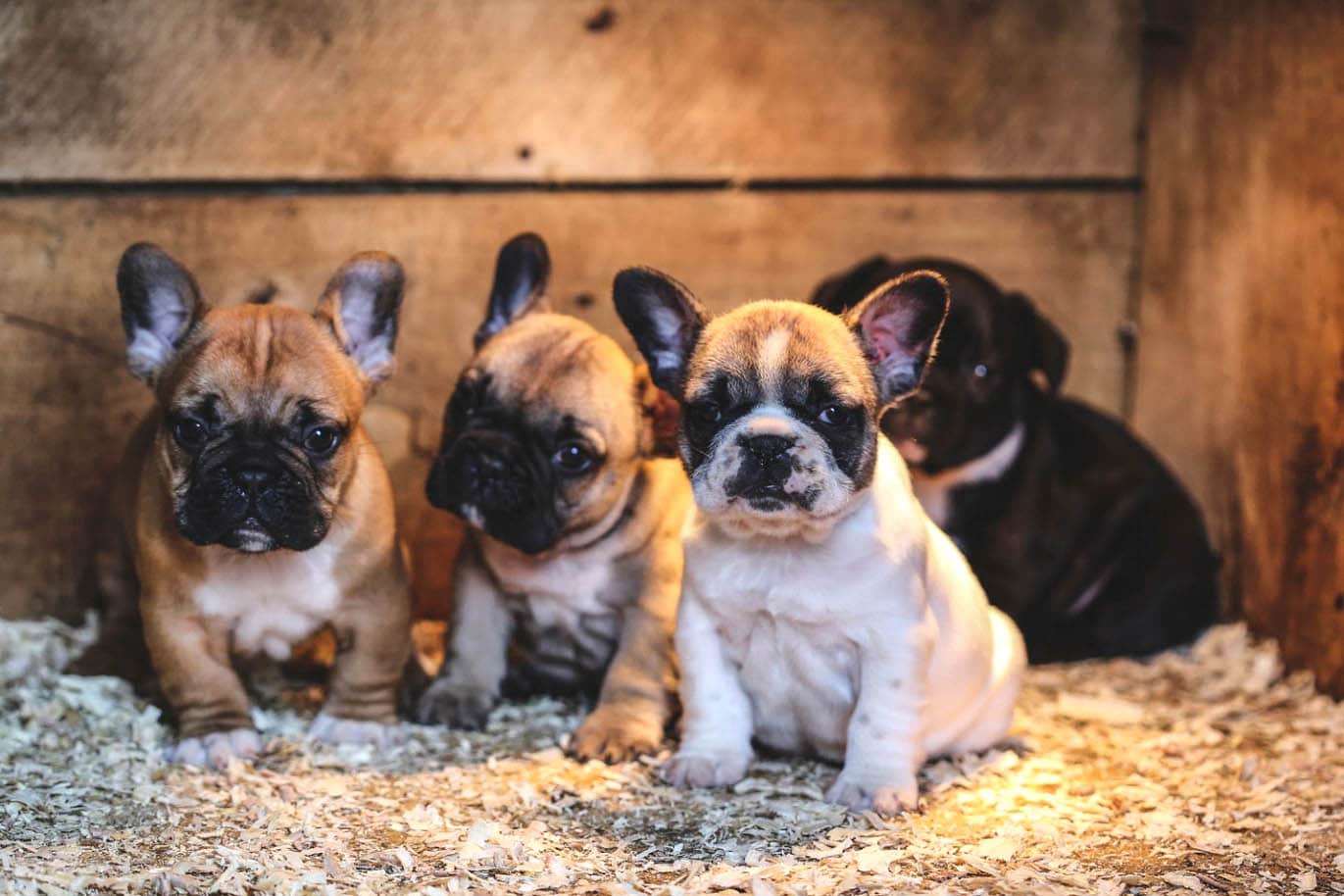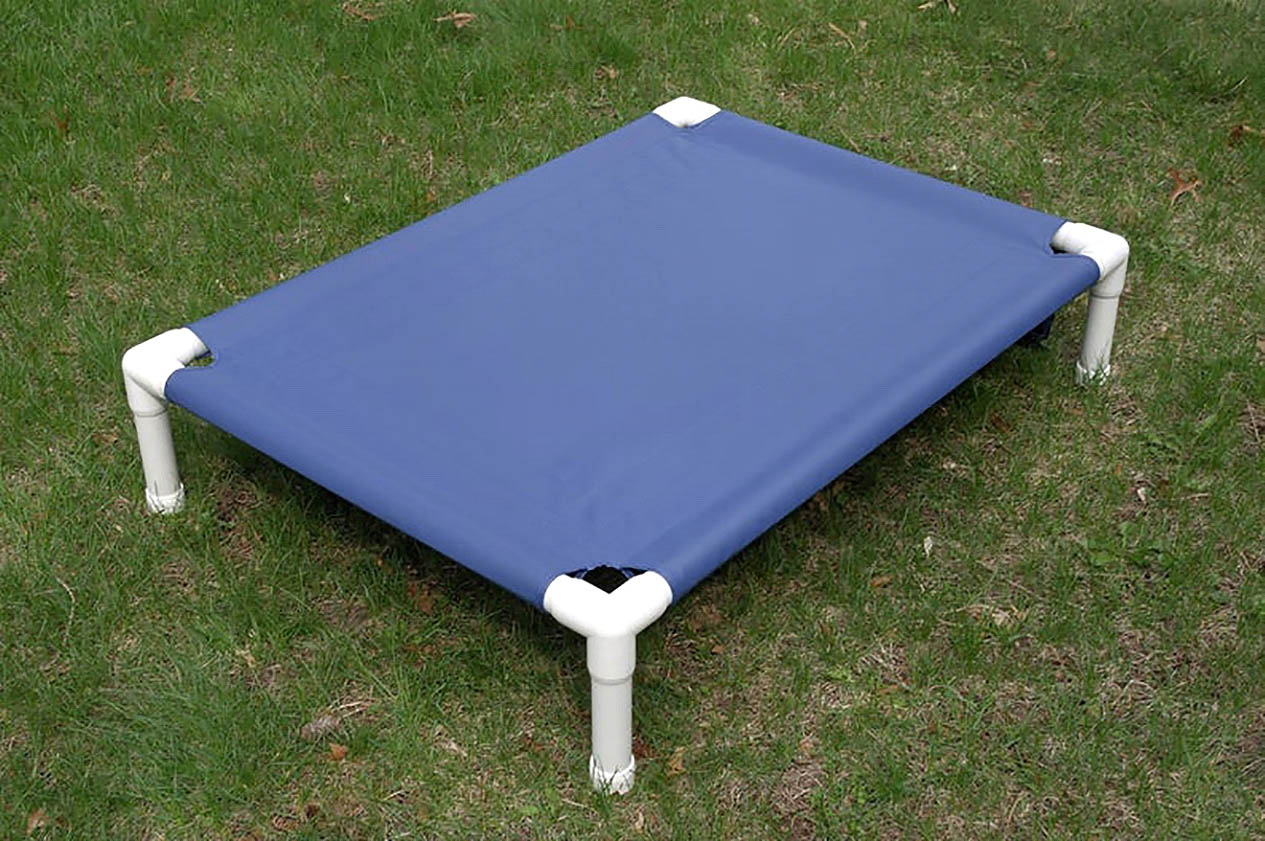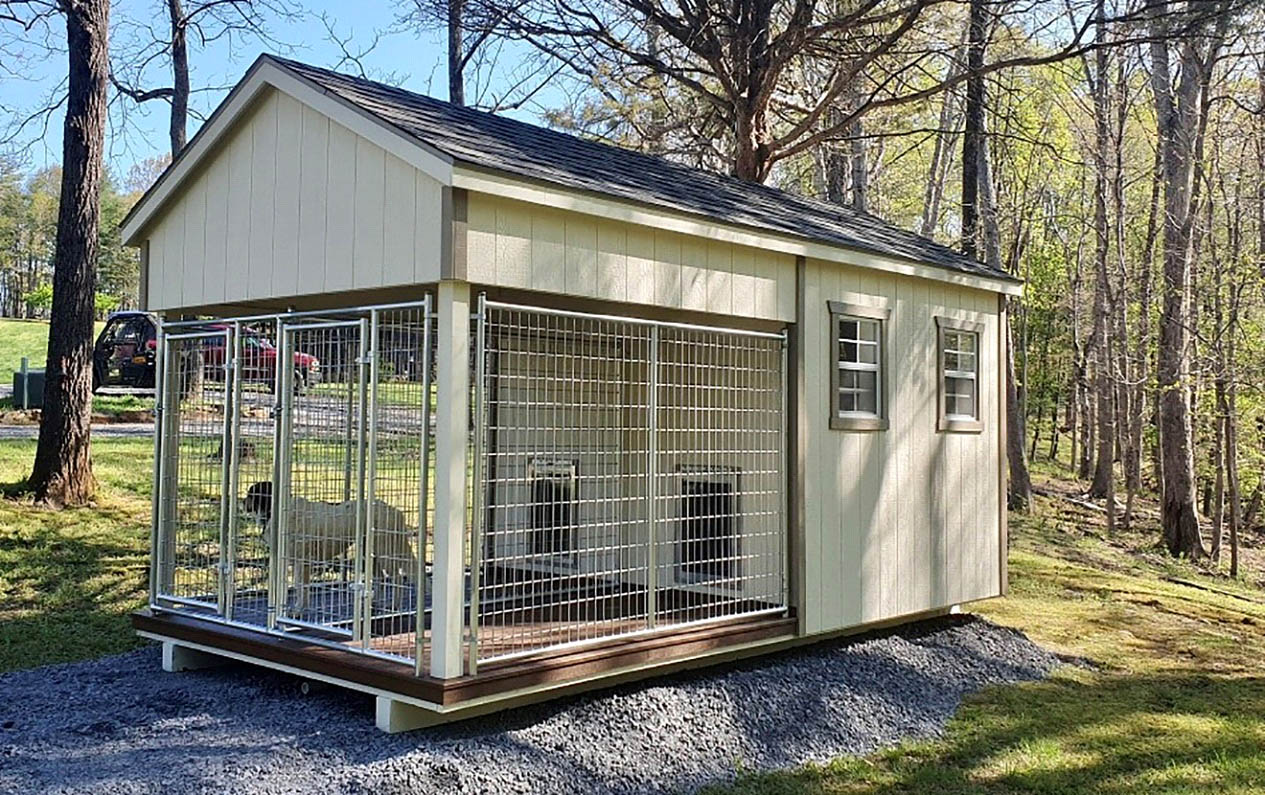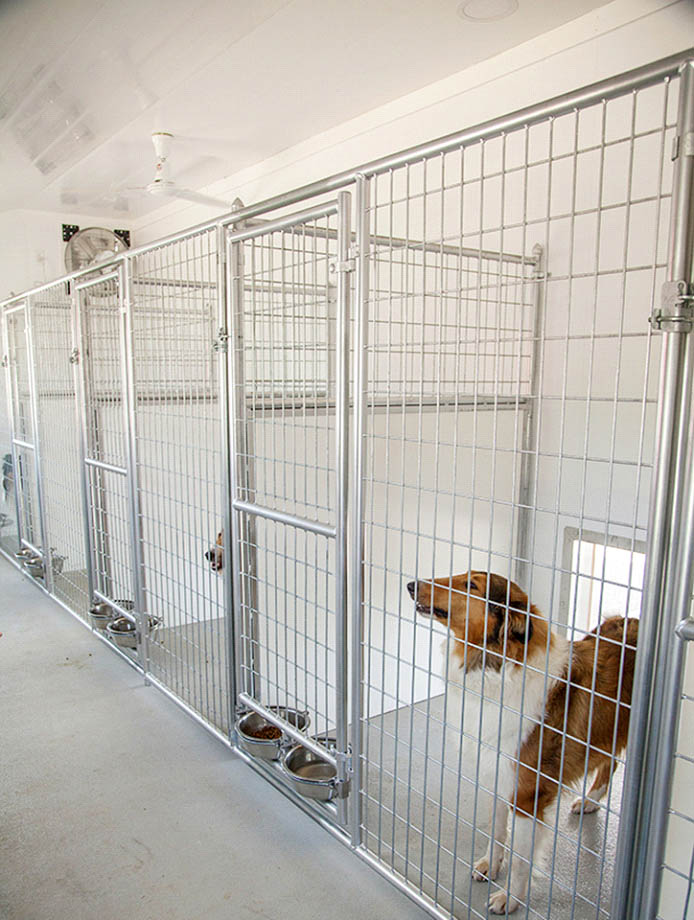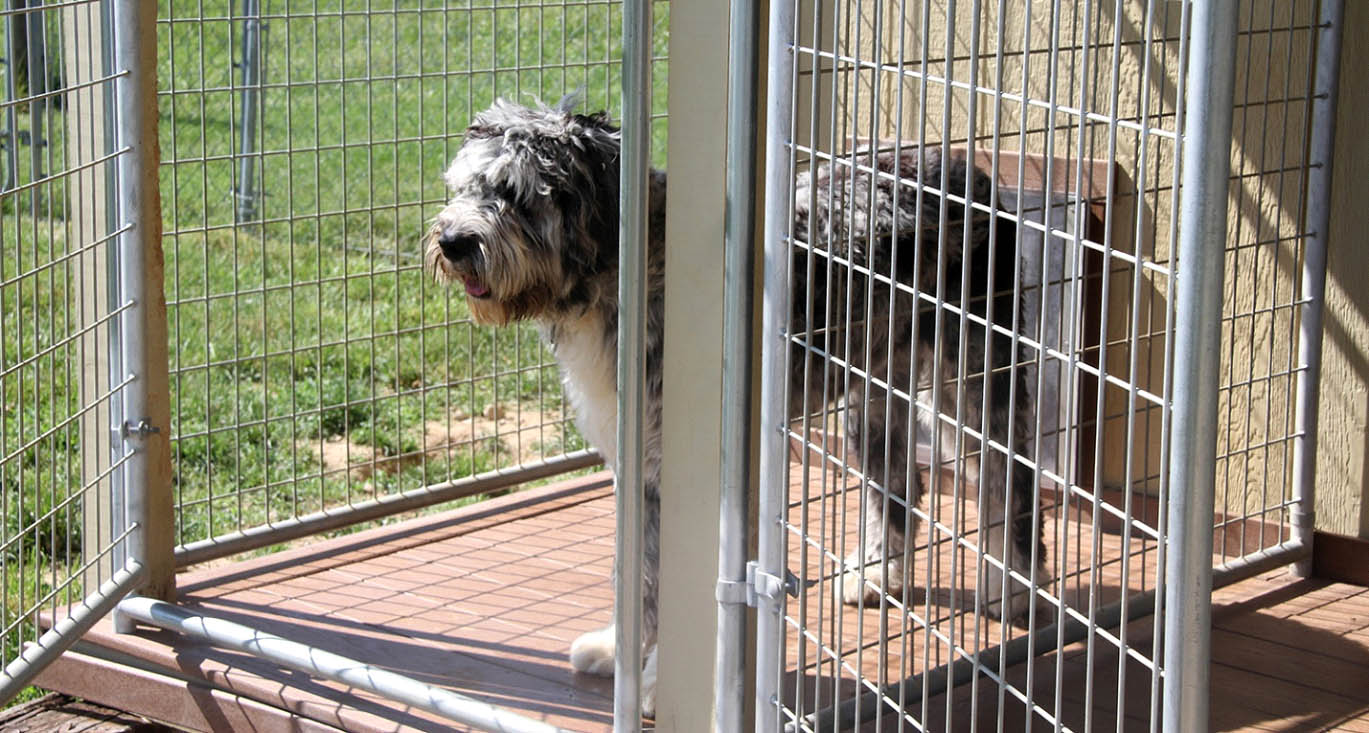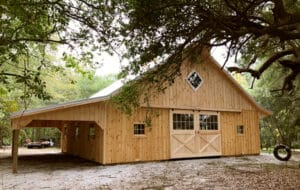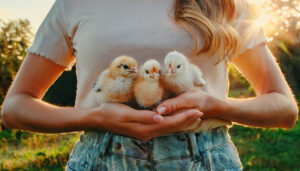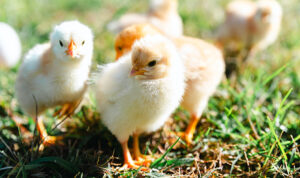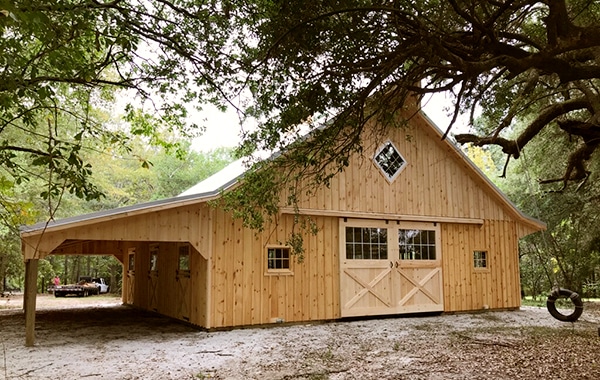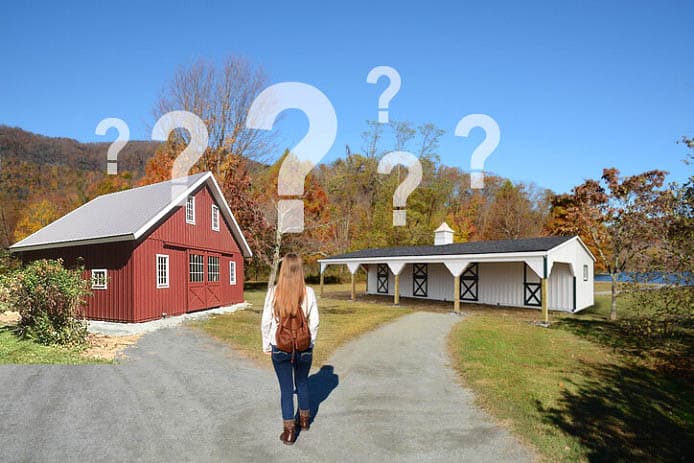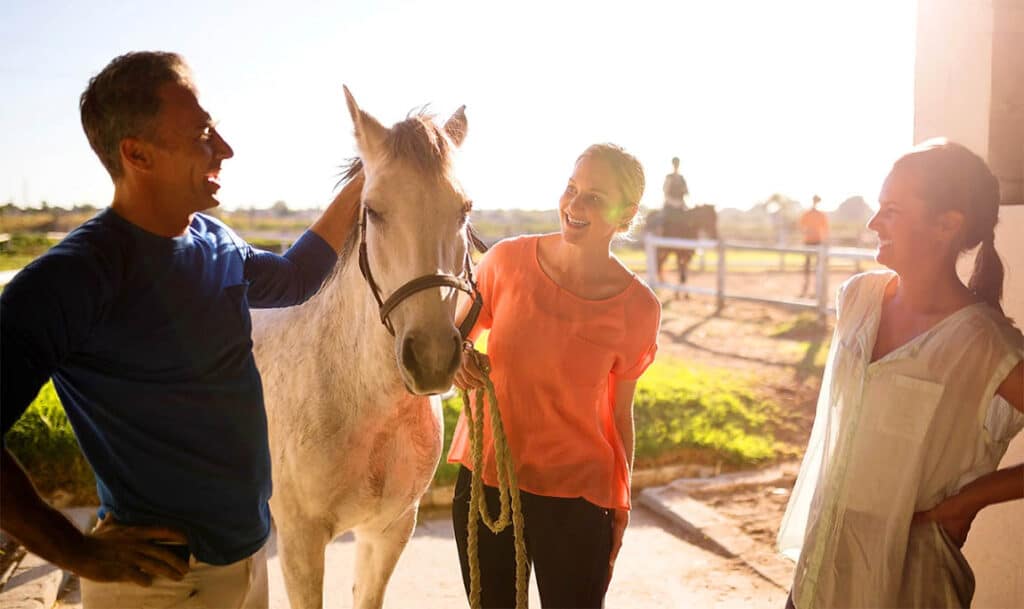Building a dedicated kennel or dog room can save your home from a lot of abuse and give your dogs much more freedom than they would otherwise get if they were crated when you weren’t home. If you have multiple dogs, such as in a boarding, breeding, or grooming business, or if you keep dogs for hunting or other working purposes, a kennel or dedicated dog room becomes essential.
Naturally, you need your dog’s kennel or dedicated room to be safe and comfortable for them, but it is also vital that you create a space that is easy to clean and that stays clean in the long term. Here’s what you need to know about designing a kennel or dog room for long-term cleanliness.
Avoid Wood Inside
Wood lining in your dog kennel or room may look charming at the beginning when the kennel is first constructed, but as time goes on you will come to regret this decision. Wood doesn’t hold up to a dog’s teeth or nails well, and it is susceptible to pests like wood ants and termites, especially if the paint or stain is damaged by your dog.
Furthermore, wood holds odor, so you may find that your kennel smells like dog, particularly like urine, no matter how well you clean it. On the other hand, having wood in the exterior and roof of your kennel is perfectly reasonable, since wood is a superb insulator. Just make sure that you have a layer of something else between the wood and your dog.
Forgo the Cutesy Stuff on the Walls
It can be tempting to hang charming ornaments and decorations on the walls of your kennel, but the chances are that even if your dog doesn’t manage to get a hold of these things and destroy them, they will hold odor and contribute to smell in your kennel overtime.
If you want attractive decorations for your kennel walls, consider hard objects that can be sanitized, paintings or prints well-sealed in acrylic frames, or nontoxic plants set well away from where your dog can reach to help eliminate odor.
Slant the Floor
Slanted floors prevent puddles from forming if an open-air exterior is exposed to the rain or when you spray down the floors to clean them. Slanted floors allow liquid to run out, which avoids bacteria that tend to form in standing water. They also make it much easier for you to thoroughly spray down the floor, walls, and entire kennel without ending up standing in the mess.
Eliminate Cracks and Crannies
Cracks between the flooring panels or between the flooring and the walls are an invitation for grime to get stuck and result in bacteria and odor developing. Even if you carefully rub or spray these cracks every time you clean the kennel, they are very likely to result in problems over time.
Because some cracks and crevices are likely to be inevitable in the construction of your kennel, be sure to either leave these cracks wide enough for mess to drain out or use a heavy-duty caulking product to close the gaps.
It is very wise to seal floors such as concrete so that even microscopic gaps and holes in the material won’t result in odor or bacteria buildup. Keep in mind that these floors need to be resealed periodically as they are subjected to wear and tear.
Use Water-Resistant Bedding
Suspended hammocks that don’t hold moisture are typically the best option for dog kennels.
Photo Credit Dianes K9 Creations
Any bedding that can hold moisture will very quickly develop odor even if you wash it frequently.
Often it is difficult to completely get the dog smell out of moisture-absorbing bedding. If you want to use something soft like a blanket in your dog kennel, use blankets that are easily changed out and washed and only leave them in the kennel for a day or two at a time between switching them out and putting them in a pile to be washed.
Enable Good Airflow
Airflow is key to preventing smell and enabling great long-term cleanliness for your kennel. Ideally, your dog’s space will have both an interior and outside portion. The outside portion should have good airflow running through the welded wire or chain link on both sides of the kennel.
The inside portion should also have great airflow provided by fans or an air condition system. An air purifier isn’t a bad idea either to further eliminate bacterial and negative smells from the air. You’ll know your airflow is working well if odors like urine or feces are whisked away as soon as they are clean. If odor seemed to hang in the air, or if the space develops a musty smell, you may need to work on your air circulation.
Let the Light in
Even the interior portion of your dog’s kennel should have natural light if at all possible. Even small amounts of natural light from a window or glass door provides natural antibacterial properties and helps to freshen the space.
While it can seem like a frustrating added expense to build a window into the interior space of your dog’s kennel, it will be worth the extra effort in how clean your kennel stay.
Make a Space Big Enough for You to Clean
No matter what good choices you make in designing your dog kennel, if you can’t easily get into the space to clean it, it likely will not stay very sanitized. You should easily be able to stand up and turn around in your dog kennel. There should be enough room for you to scrub and sweep. Be sure that you put a hose or pressure cleaner near enough the kennel that you won’t mind getting it out when necessary.
Consider Welded Wire Instead of Chain Link
Chain-link is very commonly used for dog kennels because it is affordable, available, and reasonably tough. However, chain-link causes very small gaps where the pieces overlap, which can allow dirt and grime to get stuck and be very difficult to clean out. By contrast, welded wire allows for no gaps at all and can be more thoroughly sanitized than chain link.
Potty Train Your Dogs
This may be more of a tip about how to raise your dogs than about how to design the kennel itself, but it is still worth mentioning. Dogs that are trained to go potty outside of their kennel will create much less mess inside the kennel, and result in a kennel that stays cleaner over time.
Dogs that go potty in the outside portion of their kennel and then run around in it can grind feces into the flooring, which makes it much more difficult to get out. Most dogs prefer not to go potty in their kennel area, either the inside or outside portion, so getting dogs outside first thing in the morning to go potty is a great way to prevent potty accidents within the kennel.
Design a Clean Kennel
Both you and your dogs will be much happier with your kennel or dog room if you take steps to design a space that will stay clean for the long term. It may take a little bit more effort or expense initially to build such a space, but it will pay off substantially for you and your dog in the long term.


